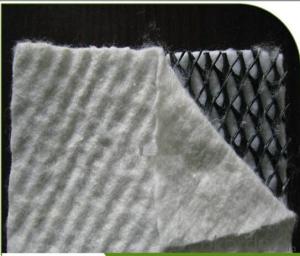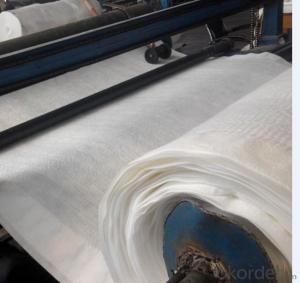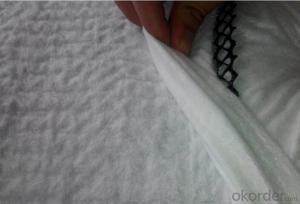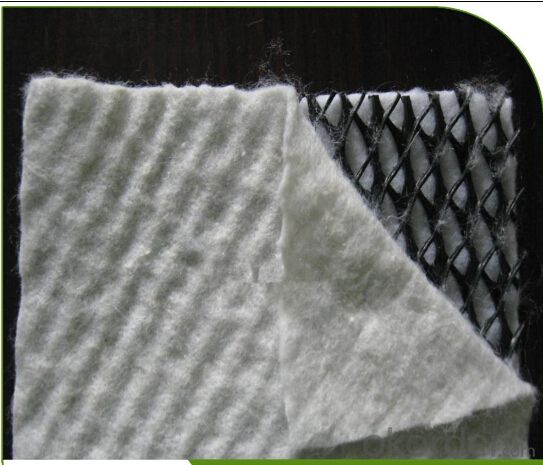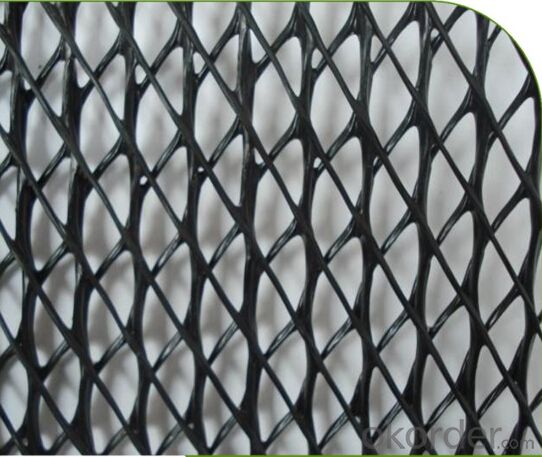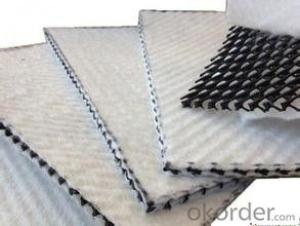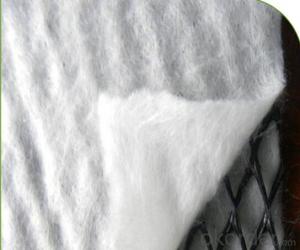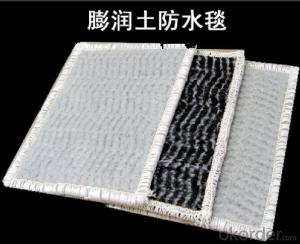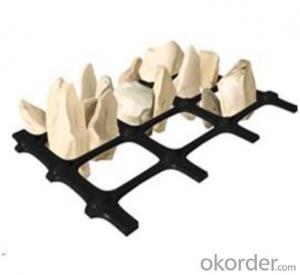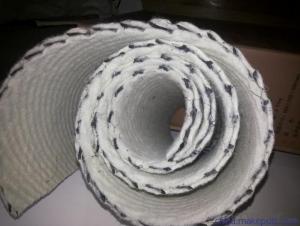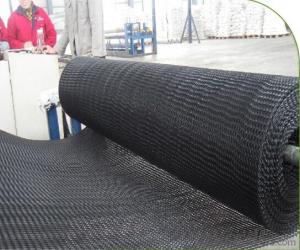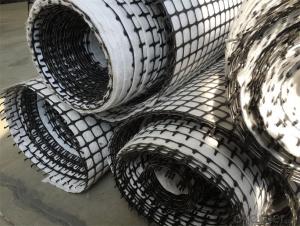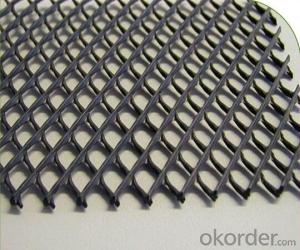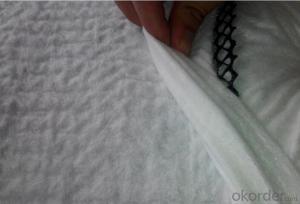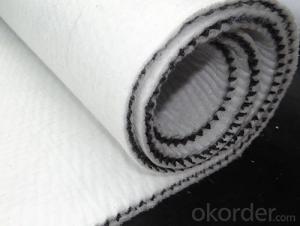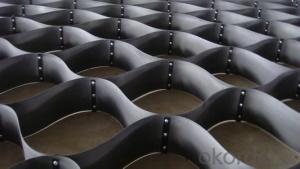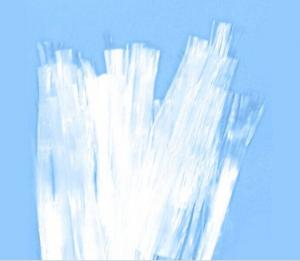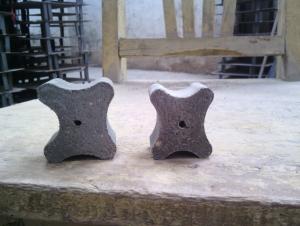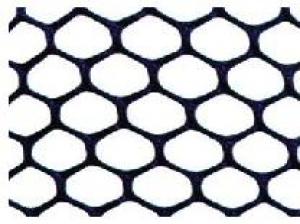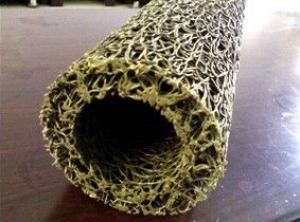Tr-dimension composite geonet ;Drainage Geocomposites - GCD
- Loading Port:
- Qingdao
- Payment Terms:
- TT OR LC
- Min Order Qty:
- 2000 m²
- Supply Capability:
- 200000 m²/month
OKorder Service Pledge
OKorder Financial Service
You Might Also Like
Geocomposite Geonet For Refuse Landfill
Introuduction :
Tr-dimension composite geonet ;Drainage Geocomposites - GCD
Drainage Geocomposites GCD is a high drainage capacity geocomposite, consisting of a flexible and high compressive strength HDPE Geogrid, covered by non woven-needle punched PP polypropylene geotextiles on one or both sides. Also available in PES polyester, HDPE high density polyethylene, coloured - recycled or waterproof one side.
Application:
1) Landfill drainage;
2) roadbed and road drainage;
3) railway drainage;
4) tunnel drainage,
5) underground structure drainage,
6) the retaining back wall drainage;
7) gardens and sports ground drainage
Features:
1)Excellent drainage function, can bear long time hige press load
2)High tensile and shear strength
3Reduce the rate geotextile embedding into the core of geonet, can protect long time stable water conductivity
4)Tri-dimension composite geonet for drainage can bear more than 2000kpa compression load
5)Its anti-compression capacity is much larger than common geonet for drainage
6) Certificate :ISO14001:2004, ISO9001:2008
Specifications and technical parameters:
Drainage network core | units | Specification | ||||
Unit weight | g/m2 | 750 | 1000 | 1300 | 1600 | |
Thickness | Mm | 5.0 | 6.0 | 7.0 | 7.6 | |
Hydraulic conductivity | m/s | kx10-4 | Kx10-4 | Kx10-4 | Kx10-4 | |
Elongation | % | 50 | 50 | 50 | 50 | |
Tensile strength (core netwaork) | kN/m | 8 | 10 | 12 | 14 | |
Geotextile | g/m2 | Heavier grades of geotextiles can be bonded to geonet on request | ||||
Usages:
In the railway, highway and other transportation infrastructure, drainage system safety and the service life
of the project and its have inseparable relationship, in which the geotextile material is an important part
of drainage system, the drainage effect of 3D composite drainage net is particularly notable. mainly
used for tunnels, municipal engineering, reservoir, revetment in drainage engineering.
Packages:
Packaging & Delivery of Drainage Geocomposites: Each roll is wrapped in a woven bag then into container Or Packed as customers' requests.
FAQ:
What is geosynthetics ?
Geosynthetics form a perfect erosion control fabric used extremely widely in civil engineering to stabilize and reinforce slopes and soil under or next to roads, railways, dams, water reservoirs etc.. They can be easily applied which minimizes the time of construction, as well as they limit the resources and materials necessary.
2. What kinds of geosynthetics we have ?
Non-woven geotextile, geogrids, geocells, GCL, Geomembranes, Geonets, Geocomposites etc .
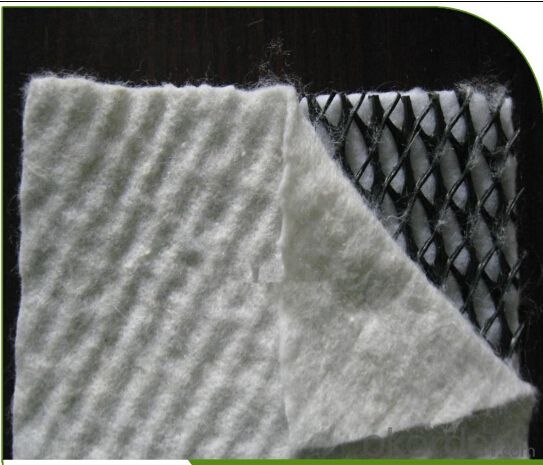
- Q: How are geocells used for erosion control on shorelines?
- Geocells are used for erosion control on shorelines by providing a stable and permeable structure that helps prevent soil erosion and retain sediment. These three-dimensional honeycomb-like cells are filled with soil or other materials and then placed on the shoreline, creating a reinforced barrier that withstands wave action and reduces erosion. The interconnected cells also allow for proper drainage, preventing water buildup and reducing the risk of further erosion.
- Q: What are the specific applications of geotextile bags in coastal protection projects?
- Geotextile bags are specifically used in coastal protection projects for various applications. They are commonly utilized for shoreline stabilization, erosion control, and beach nourishment. These bags act as a barrier against wave action and currents, preventing further erosion and protecting the coastline. They are also used to create artificial dunes, revetments, and breakwaters, providing additional protection to coastal areas. Geotextile bags are versatile and can be filled with sand, soil, or other materials, allowing for a customized solution based on the project's specific needs.
- Q: How do geogrids contribute to soil stabilization?
- Geogrids contribute to soil stabilization by providing reinforcement and increasing the strength of the soil. They act as a barrier against soil movement and erosion, distributing the load across a wider area and reducing the risk of structural failure. This helps in stabilizing slopes, retaining walls, and roadways, ensuring long-term stability and durability of the soil structure.
- Q: Can earthwork products be used for creating outdoor art installations?
- Yes, earthwork products can be used for creating outdoor art installations. These products, such as soil, sand, rocks, and clay, can be sculpted, molded, or arranged to create various artistic installations in outdoor spaces. Earthwork art installations often utilize the natural elements of the earth and blend them with artistic creativity, resulting in unique and visually appealing outdoor artworks.
- Q: Are earthwork products resistant to water infiltration?
- Yes, earthwork products are generally resistant to water infiltration. These products, such as clay, soil, and compacted materials, have a natural ability to repel water and prevent it from seeping through. However, the level of water resistance can vary depending on the specific earthwork product and its composition.
- Q: What are the benefits of using geosynthetic reinforcement for soil stabilization?
- Geosynthetic reinforcement offers several benefits for soil stabilization. Firstly, it enhances the overall strength and stability of the soil, making it suitable for a variety of construction applications. Additionally, geosynthetics help in reducing soil erosion and preventing slope failures, thus ensuring long-term durability. They also improve the load-bearing capacity of the soil, allowing for the construction of structures on weaker or problematic soils. Furthermore, using geosynthetic reinforcement reduces the need for excessive excavation and costly soil replacement, resulting in significant cost savings. Overall, geosynthetic reinforcement is a reliable and efficient solution for achieving soil stability and preventing soil-related issues.
- Q: What are the different sizes and dimensions of earthwork products available?
- The sizes and dimensions of earthwork products vary depending on the specific product, but they can range from small, compact pieces to large, heavy-duty equipment. It is best to consult with a supplier or manufacturer to determine the exact sizes and dimensions available for specific earthwork products.
- Q: What are the different shapes available in earthwork products?
- There are various shapes available in earthwork products, including but not limited to, rectangular, square, circular, triangular, trapezoidal, and irregular shapes. These shapes are designed to meet specific requirements and functions in construction and landscaping projects.
- Q: Are earthwork products suitable for use in railway track construction?
- Yes, earthwork products are suitable for use in railway track construction. These products, such as aggregates, ballast, and embankments, provide stability and support to the tracks, ensuring safe and efficient train operations. Additionally, earthwork materials are cost-effective, readily available, and can be easily sourced locally, making them a viable option for railway track construction projects.
- Q: What are the structural forms of common buildings?
- Shear wall structure: the shear wall is composed of vertical and horizontal forces to withstand the structure, also known as anti-seismic wall structure. Shear wall structures are supported by vertical and horizontal loads of walls and floors are all cast-in-place reinforced concrete. Used to build high-rise and high-rise buildings.
Send your message to us
Tr-dimension composite geonet ;Drainage Geocomposites - GCD
- Loading Port:
- Qingdao
- Payment Terms:
- TT OR LC
- Min Order Qty:
- 2000 m²
- Supply Capability:
- 200000 m²/month
OKorder Service Pledge
OKorder Financial Service
Similar products
Hot products
Hot Searches
Related keywords
